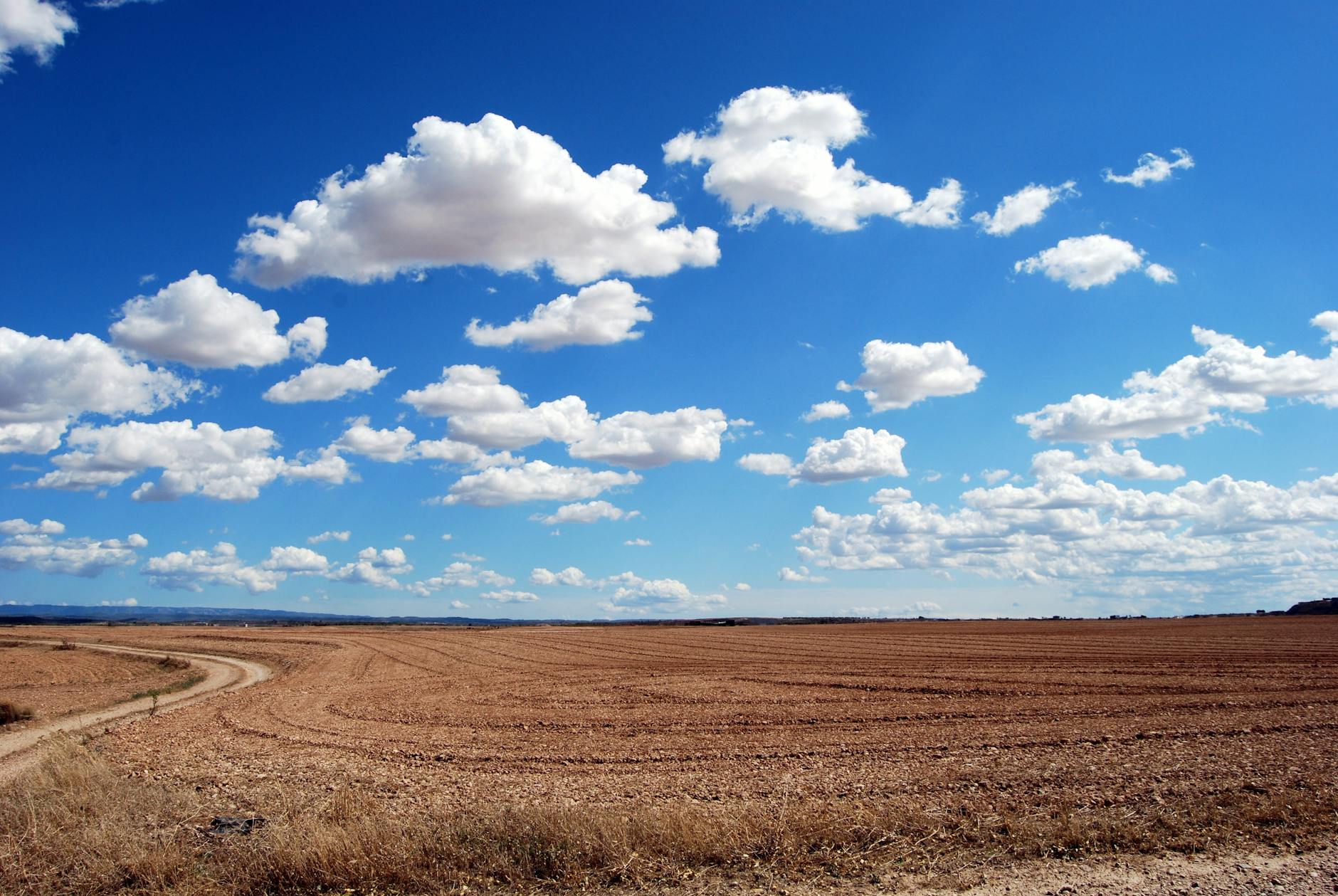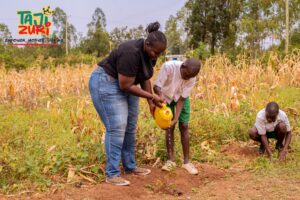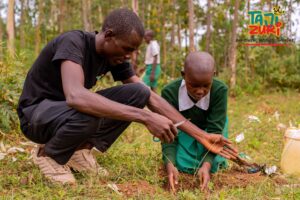INTRODUCTION
Integrating climate change education with other disciplines and subjects is essential to equip learners with a holistic understanding of the complex and many impacts of climate change. By connecting it with disciplines such as mathematics, geography, science, agriculture, economics, literature and arts, students can see how climate issues intersect with their daily lives and future careers. These approaches foster critical thinking, problem-solving, and informed decision making, preparing them to take responsible action in their communities. It also helps cultivate a generation that understands the urgency of climate challenges and is equipped with the diverse knowledge and skills needed to address them effectively.
WHY INTERDISCIPLINARY CLIMATE CHANGE EDUCATION MATTERS AND ITS BENEFITS
Interdisciplinary climate change education matters because climate change is a global issue that cuts across many aspects of life -scientific, social, economic, political and cultural. Teaching it through a single subject cannot fully capture its wide-ranging impacts or solutions. By integrating climate change across different subjects such as science, economics, agriculture, literature and arts, learners develop a deeper understanding of the challenges and opportunities that climate change presents. This approach makes learning more relevant and engaging, as students connect classroom knowledge to real-world problems.
The benefits of interdisciplinary integration include:
- Enhanced critical thinking and problem solving skills, as students analyze issues from multiple perspectives.
- It also fosters collaboration, creativity, and innovation of skills for developing sustainable solutions.
- It prepares students to become active, informed citizens capable of making responsible choices in their personal lives and future careers. By learning how climate change affects the food system, public health, water and cultural practices, learners are empowered to contribute meaningfully to climate resilience in their communities and beyond.
PRACTICAL EXAMPLES OF INTEGRATION
Science: lessons can focus on the greenhouse effects, renewable energy, or biodiversity loss, helping students understand the scientific basis of climate change.
Mathematics: learners can analyze carbon emission data, calculate energy consumption, or graph temperature trends overtime.
Geography: students can explore how climate change affects weather patterns, sea levels, and natural resources in different regions.
Language and Literature: students may read climate-themed stories, write persuasive essays, or engage in debates on environmental policies.
Business and Economics: discussion may include sustainable business models, the economic impact of climate disasters, and greenhouse entrepreneurship.
Arts and Music: creative projects like posters, songs, or plays can help spread awareness and foster emotional connections with environmental issues.
CHALLENGES AND CONSIDERATIONS IN CURRICULUM INTEGRATION
Curriculum overload: teachers may feel that adding climate topics increases their already heavy workload.
Lack of training: many educators are not equipped with the knowledge or confidence to teach climate issues across subjects.
Limited resources: schools may lack teaching materials, especially those that are locally relevant.
Assessment difficulties: Measuring interdisciplinary learning outcomes may be complex and may require new evaluation strategies.
Resistance to change: some curriculum adjustment due to political, cultural, or ideological reasons.
CONCLUSION
Integrating climate change education across disciplines is a powerful strategy to foster holistic understanding, inspire action, and prepare students for the realities of a changing world. Despite the challenges, the benefits of interdisciplinary learning are immense. With the right support, teacher training, and policy frameworks, schools can turn classrooms into spaces where learners become informed and active citizens in the fight against climate change.




